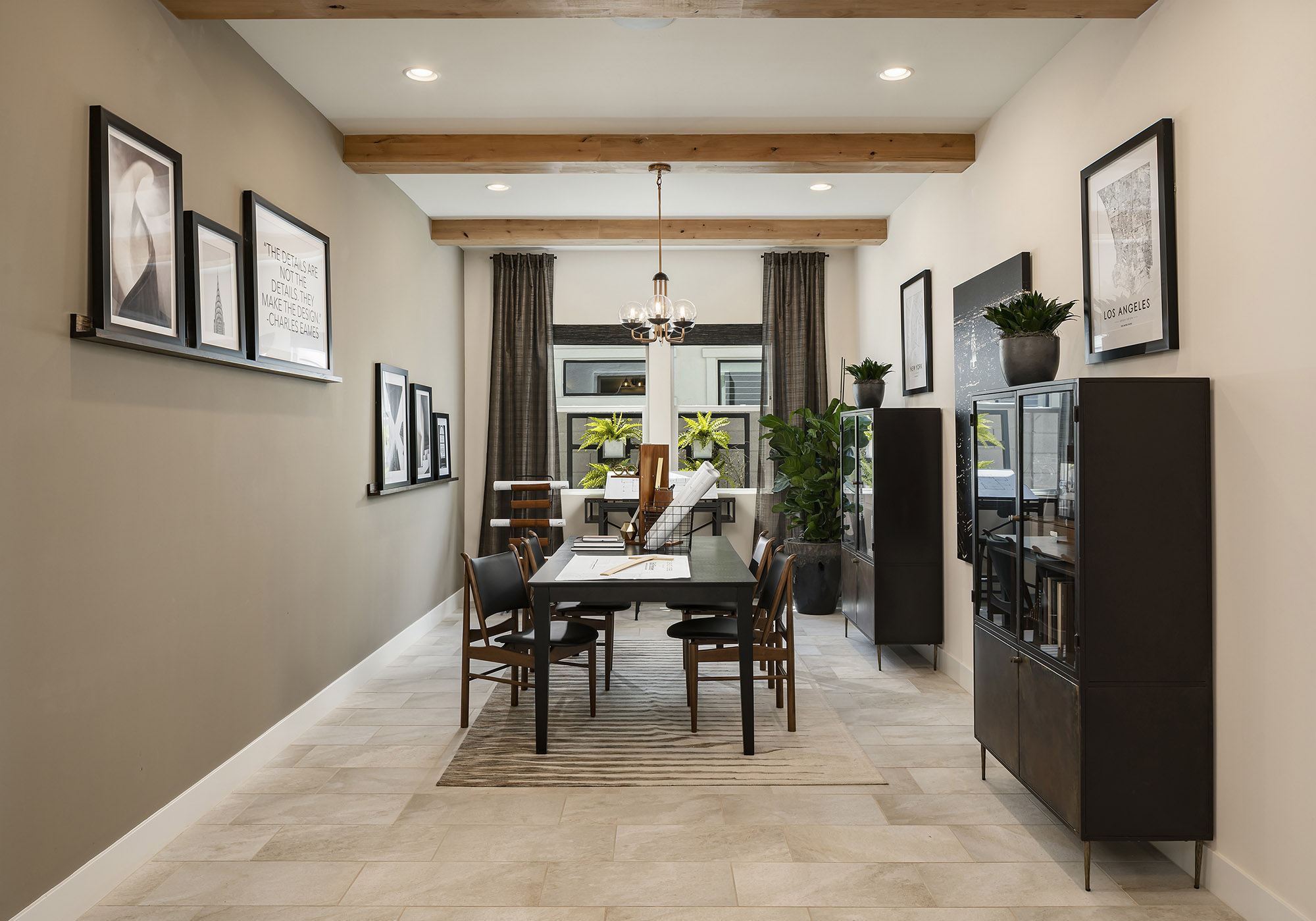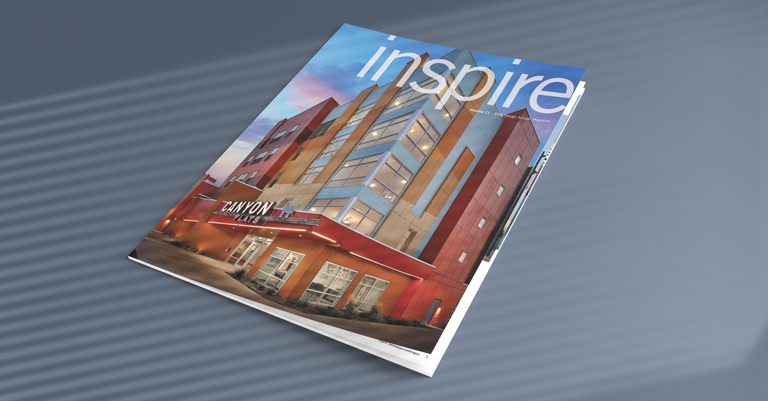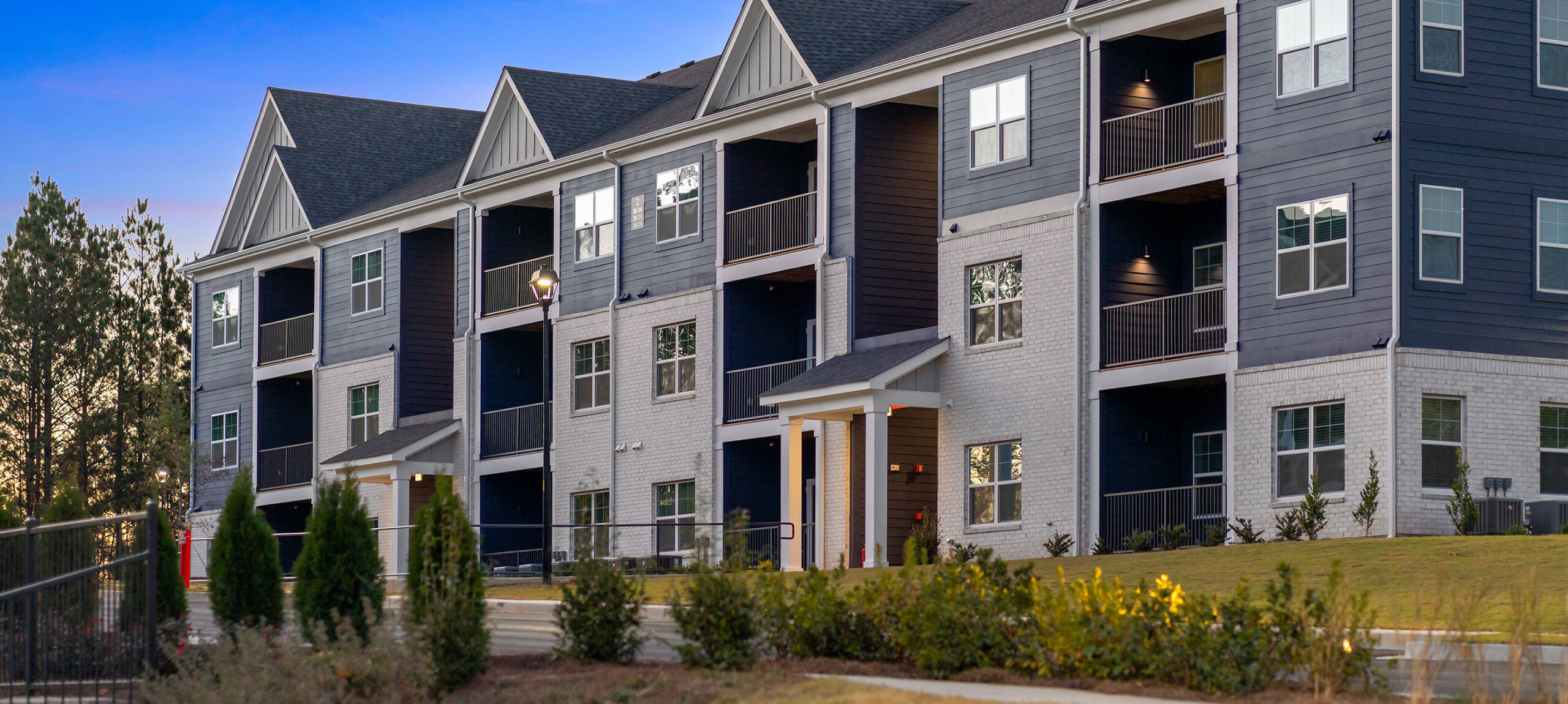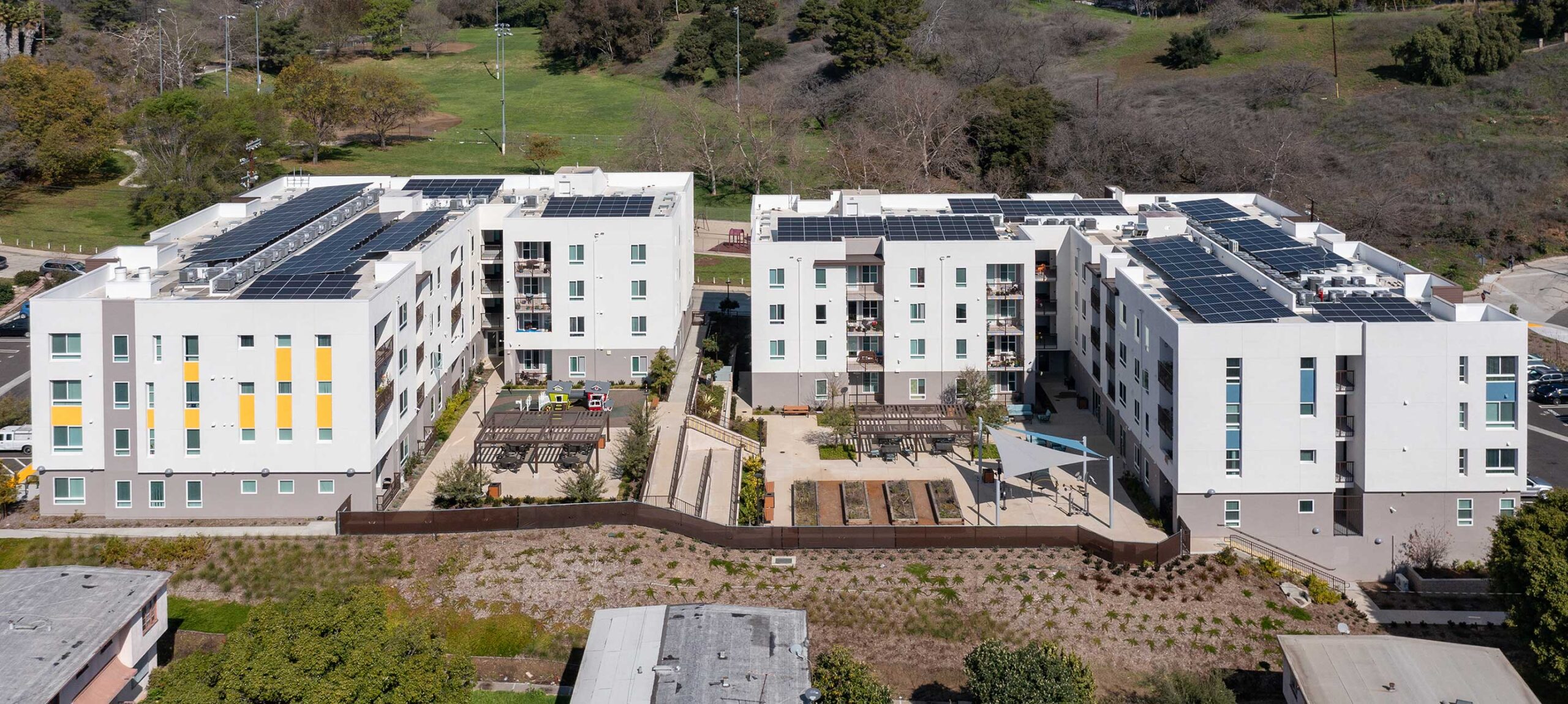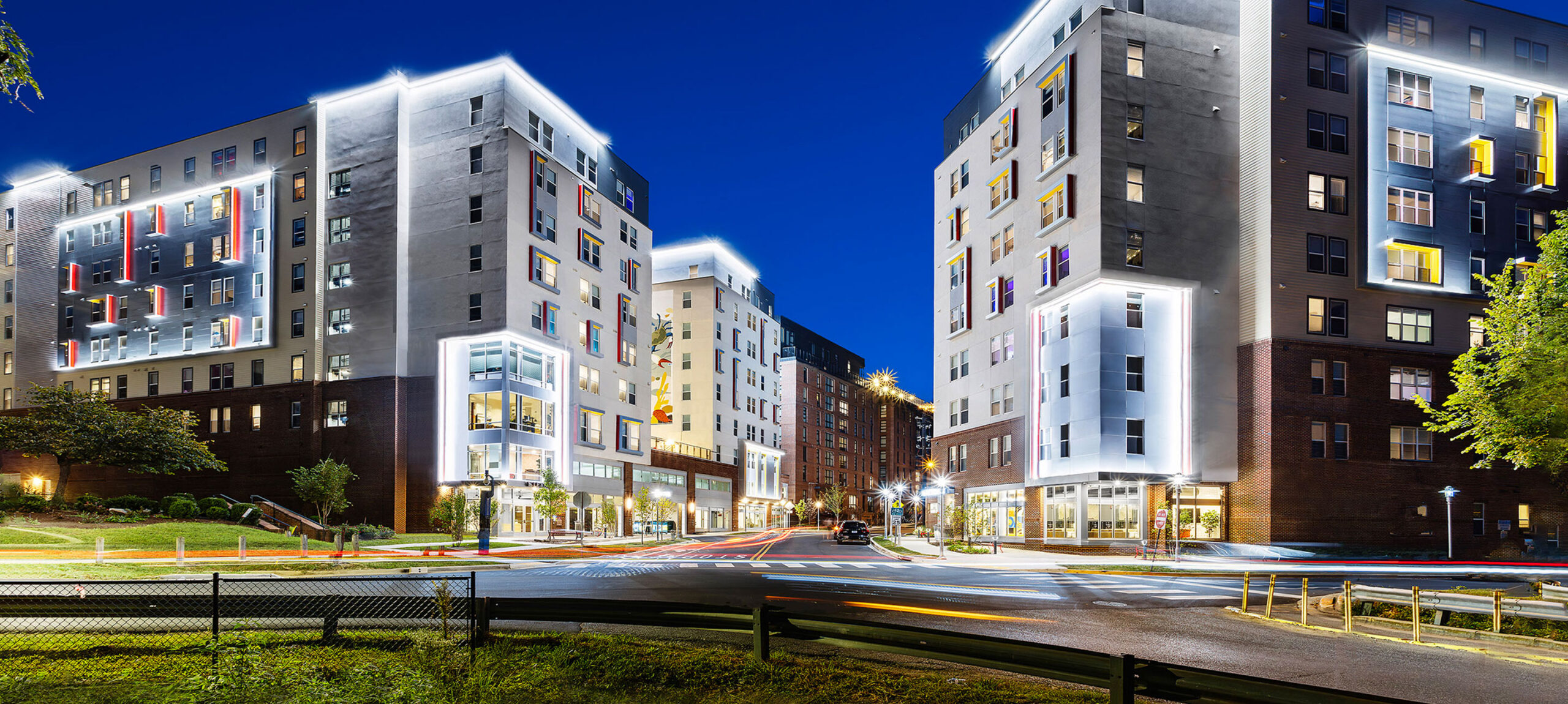Going into the office five days a week was the norm until March of 2020 when many people were suddenly challenged to figure out how to work from home. Although it required some adjustment, studies now show that most people don’t want to go back to the office routine full time. In fact, nine out of ten remote workers hope to maintain some sort of remote work in the future.
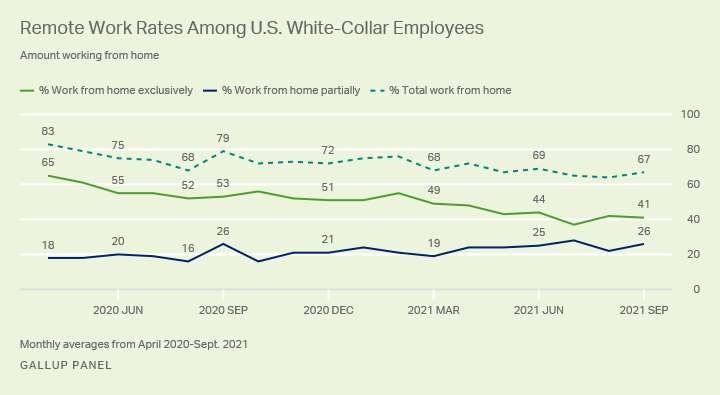
This rapid transition from a predominantly office-based workforce to one that can essentially work from anywhere has significantly changed how we need to use our homes, and new designs must respond accordingly. Many buyers need more than one office space. Differently sized homes and varied lifestyles demand different types of work spaces. Tomorrow’s buyers and renters are seeking highly functional work areas from every home design, regardless of product type or community location. New plan designs should provide effective layouts with efficient use of square footage in order to meet this consumer demand.
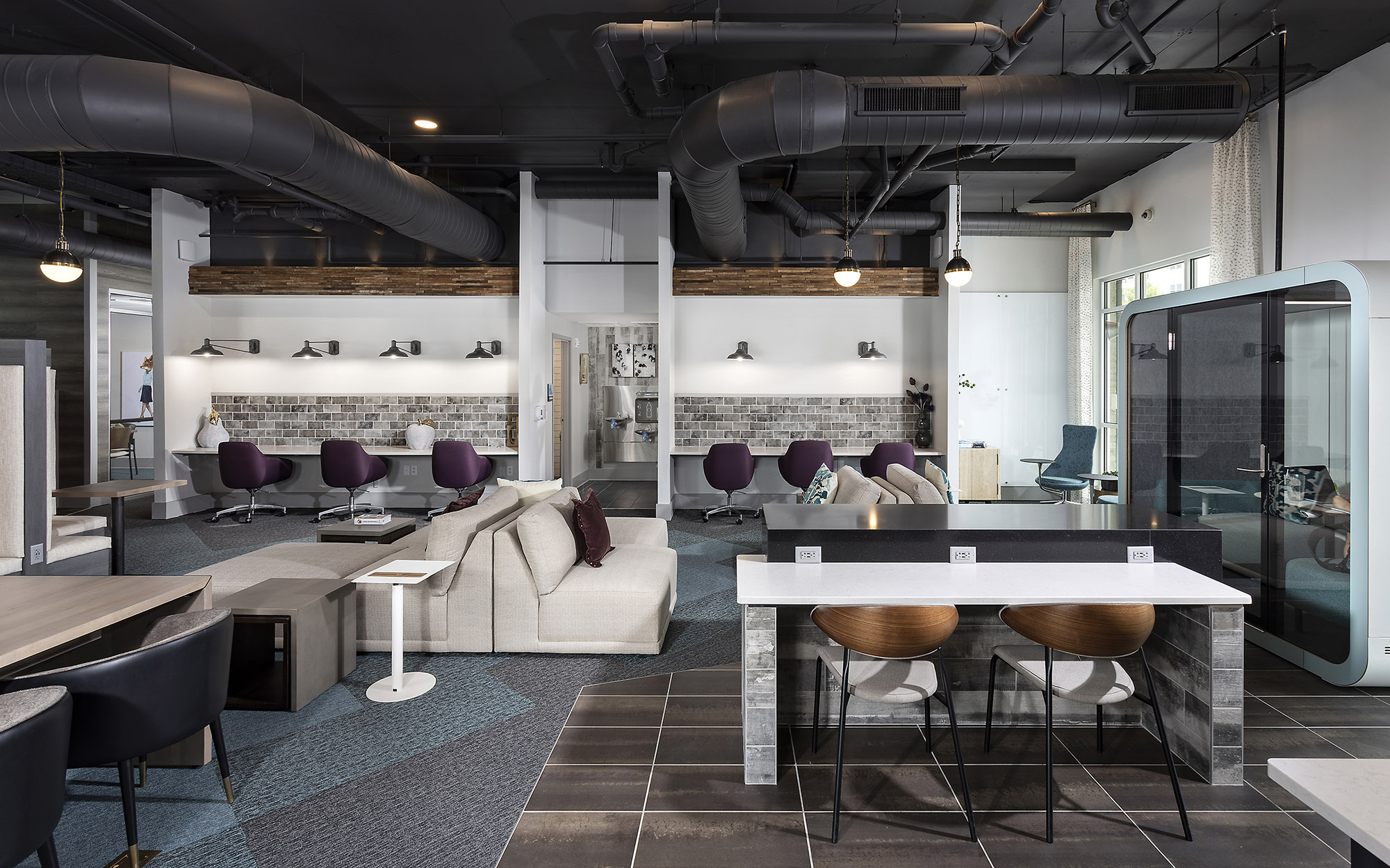 Even though students have been home-working (see what we did there?) long before remote work was so on trend, their classroom experiences were similarly affected by the pandemic. Many students have or will transition to more remote learning opportunities. However, most purpose-built student housing designs offer limited study spaces within individual units (often only in bedroom suites).
Even though students have been home-working (see what we did there?) long before remote work was so on trend, their classroom experiences were similarly affected by the pandemic. Many students have or will transition to more remote learning opportunities. However, most purpose-built student housing designs offer limited study spaces within individual units (often only in bedroom suites).
Creating multi-functional, comfortable community areas with a multitude of study spaces is critical. Each person has a different learning style, so offering booths, group study rooms, maker spaces and even private isolation pods will complement personal study areas within units. Designs that create opportunities for both private and public work will provide the best way to meet the needs of future students. 
For those with children at home, having a desk nook near the main living space can ease the process of being a working parent. But today’s solutions are different than the kitchen-based “home management” desks of the 1980s, which were usually too small, encroached on circulation space, and were rarely used as intended. Today’s desk nooks must be carefully located to maximize productivity while remaining within proximity of the primary living areas. Consider a niche space off the kitchen, or better yet, incorporate a full desk with window into a messy kitchen or pre-pantry area. This way, parents can keep a close eye on homework, but they can also close off the space when private work time is needed.
 Working from home full time requires a completely separate space so homeowners can keep work and home life separate (or at least try to). Today’s offices need an ideal balance between feeling open and inviting when not in use but fully private when needed. These spaces need to be buffered from traffic and public areas in order to decrease distractions and enable a work-focused mindset (without the long commute). When square footage permits, include room for desks that can accommodate multiple computer monitors, a home printer, and even a coffee station or wet bar. With set-ups like these, remote workers can fully embrace an office mentality within their own homes.
Working from home full time requires a completely separate space so homeowners can keep work and home life separate (or at least try to). Today’s offices need an ideal balance between feeling open and inviting when not in use but fully private when needed. These spaces need to be buffered from traffic and public areas in order to decrease distractions and enable a work-focused mindset (without the long commute). When square footage permits, include room for desks that can accommodate multiple computer monitors, a home printer, and even a coffee station or wet bar. With set-ups like these, remote workers can fully embrace an office mentality within their own homes.
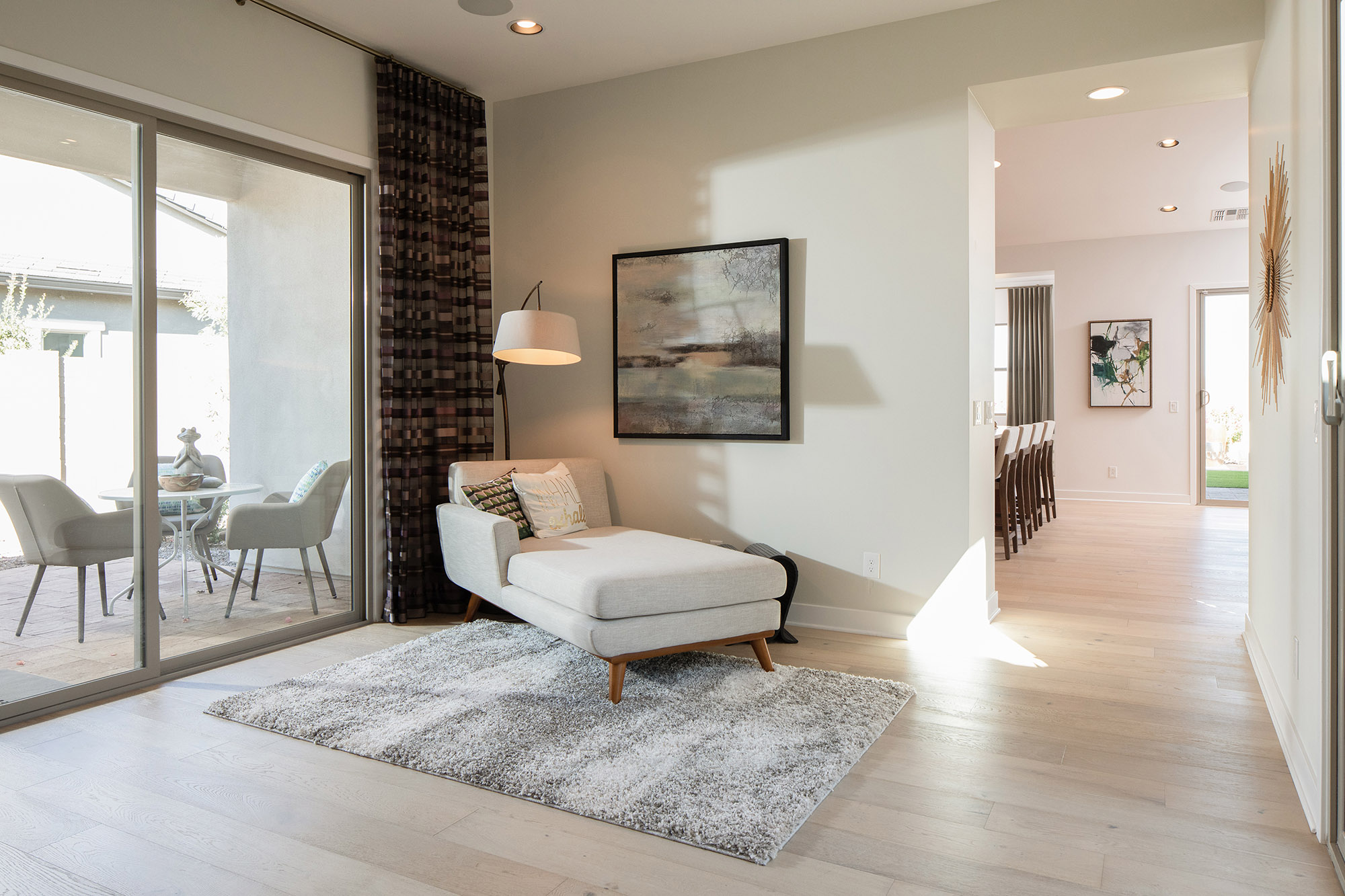 Staying focused on work for an extended period of time can be challenging, especially when it’s a beautiful day outside. It can be tempting to consider working outdoors, but moving equipment and dealing with wind, noise and the inevitable glare from the sun on the computer screen can really cut into someone’s productivity. So instead of going outdoors, bring it inside by designing direct access via sliders or oversized windows. Locating work spaces near patios or private courtyards will allow the home to open up to the outdoors, inviting breezes, fresh air and natural light for an ultra-functional work environment. Stepping outside for a quick break is the perfect way to recharge.
Staying focused on work for an extended period of time can be challenging, especially when it’s a beautiful day outside. It can be tempting to consider working outdoors, but moving equipment and dealing with wind, noise and the inevitable glare from the sun on the computer screen can really cut into someone’s productivity. So instead of going outdoors, bring it inside by designing direct access via sliders or oversized windows. Locating work spaces near patios or private courtyards will allow the home to open up to the outdoors, inviting breezes, fresh air and natural light for an ultra-functional work environment. Stepping outside for a quick break is the perfect way to recharge.
The recent shift to remote and hybrid work settings has made one thing certain: Work spaces have become non-negotiable in all types of homes. From finding unused space within an already great floor plan to completely recreating the standard of home office, new homes can offer a multitude of ways to incorporate high quality work areas.
These projects were featured in Volume 11 of our inspire magazine. Check it out here!
